Undersea Cables: The Unseen Backbone of the Global Internet
Have you ever wondered how an email sent from New York arrives in Sydney in mere seconds, or how you can video chat with someone on the other side of the globe with barely a hint of delay? Behind these everyday miracles lies an unseen, sprawling web of undersea cables, quietly powering the instant global communications that people have come to rely on.
Undersea cables, also known as submarine communications cables, are fiber-optic cables laid on the ocean floor and used to transmit data between continents. These cables are the backbone of the global internet, carrying the bulk of international communications, including email, webpages and video calls. More than 95% of all the data that moves around the world goes through these undersea cables.
These cables are capable of transmitting multiple terabits of data per second, offering the fastest and most reliable method of data transfer available today. A terabit per second is fast enough to transmit about a dozen two-hour, 4K HD movies in an instant. Just one of these cables can handle millions of people watching videos or sending messages simultaneously without slowing down.
About 485 undersea cables totaling over 900,000 miles sit on the the ocean floor. These cables span the Atlantic and Pacific oceans, as well as strategic passages such as the Suez Canal and isolated areas within oceans.
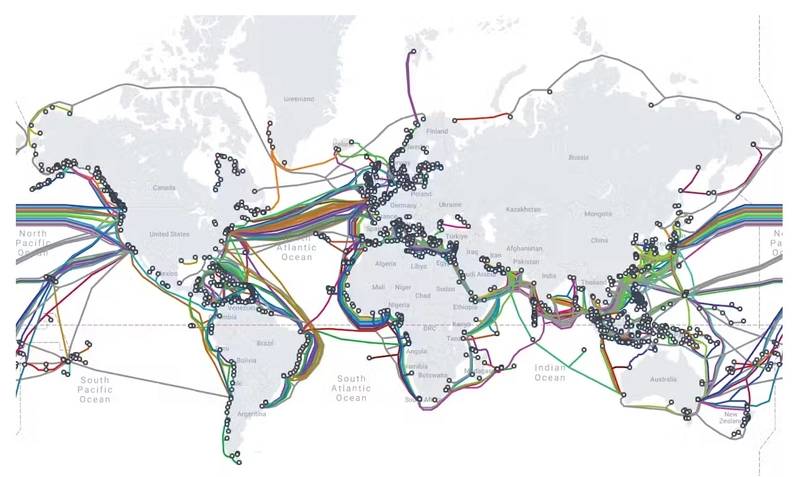 Undersea cables tie the world together. TeleGeography, CC BY-SA
Undersea cables tie the world together. TeleGeography, CC BY-SA
Laying cable under the sea
Each undersea cable contains multiple optical fibers, thin strands of glass or plastic that use light signals to carry vast amounts of data over long distances with minimal loss. The fibers are bundled and encased in protective layers designed to withstand the harsh undersea environment, including pressure, wear and potential damage from fishing activities or ship anchors. The cables are typically as wide as a garden hose.
The process of laying undersea cables starts with thorough seabed surveys to chart a map in order to avoid natural hazards and minimize environmental impact. Following this step, cable-laying ships equipped with giant spools of fiber-optic cable navigate the predetermined route.
As the ship moves, the cable is unspooled and carefully laid on the ocean floor. The cable is sometimes buried in seabed sediments in shallow waters for protection against fishing activities, anchors and natural events. In deeper areas, the cables are laid directly on the seabed.
Along the route, repeaters are installed at intervals to amplify the optical signal and ensure data can travel long distances without degradation. This entire process can take months or even years, depending on the length and complexity of the cable route.
Threats to undersea cables
Each year, an estimated 100 to 150 undersea cables are cut, primarily accidentally by fishing equipment or anchors. However, the potential for sabotage, particularly by nation-states, is a growing concern. These cables, crucial for global connectivity and owned by consortia of internet and telecom companies, often lie in isolated but publicly known locations, making them easy targets for hostile actions.
The vulnerability was highlighted by unexplained failures in multiple cables off the coast of West Africa on March 14, 2024, which led to significant internet disruptions affecting at least 10 nations. Several cable failures in the Baltic Sea in 2023 raised suspicions of sabotage.
The strategic Red Sea corridor has emerged as a focal point for undersea cable threats. A notable incident involved the attack on the cargo ship Rubymar by Houthi rebels. The subsequent damage to undersea cables from the ship’s anchor not only disrupted a significant portion of internet traffic between Asia and Europe but also highlighted the complex interplay between geopolitical conflicts and the security of global internet infrastructure.
Protecting the cables
Undersea cables are protected in several ways, starting with strategic route planning to avoid known hazards and areas of geopolitical tension. The cables are constructed with sturdy materials, including steel armor, to withstand harsh ocean conditions and accidental impacts.
Beyond these measures, experts have proposed establishing “cable protection zones” to limit high-risk activities near cables. Some have suggested amending international laws around cables to deter foreign sabotage and developing treaties that would make such interference illegal.
The recent Red Sea incident shows that help for these connectivity challenges might lie above rather than below. After cables were compromised in the region, satellite operators used their networks to reroute internet traffic. Undersea cables are likely to continue carrying the vast majority of the world’s internet traffic for the foreseeable future, but a blended approach that uses both undersea cables and satellites could provide a measure of protection against cable cuts.
The author
Robin Chataut, Assistant Professor of Cybersecurity and Computer Science, Quinnipiac University
(Source: The Conversation)

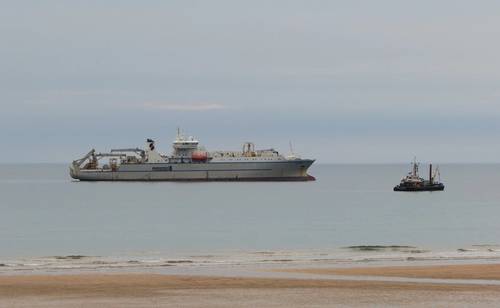
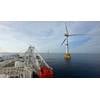
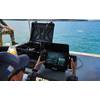



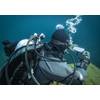









 February 2024
February 2024



